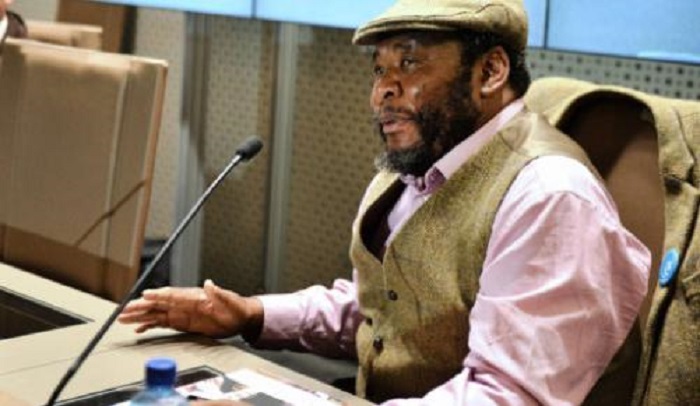South Africa’s population has topped 55.6 million, according to Statistics South Africa (Stats SA), which released its Community Survey 2016 on Thursday night.
The household survey put the population at 55 653 654, up from 51 770 560 in 2011. Gauteng emerged as the most populous province, with 13 399 724 people, followed by KwaZulu-Natal with 11 065 240, up from 10 267 300 in 2011.
Population group distribution across provinces remained relatively constant from 2011, with black Africans accounting for more than four-fifths of the population in all provinces, with the exception of the Western Cape and Northern Cape.
Statistician-general, Pali Lehohla, and Minister in the Presidency, Jeff Radebe, released the results of the survey and reflected on the “demographic dividend” of the past 20 years.
The survey provides indicators at national, provincial and municipal level for planning and monitoring the performance of specific development programmes in education, health, sanitation, water, housing and transport.
It was conducted in March and involved analysed data collected from 1.3 million households across the provinces.
The country has a youthful population, with the highest proportion of males and females in the 0-4 and 5-9-year age groups.
Almost 17 million individuals (35%) attended an educational institution this year.
School attendance levels have improved, with a decrease of 1.4 million in the number of people with no schooling, for the period 1996 to 2016.
Primary and secondary education numbers have increased and the number of people aged 25-34 years obtaining bachelor degrees has increased in the same period.
The survey found households that owned and had fully paid off their dwellings this year had increased to 54.7% compared with 41.3% in 2011.
The proportion of households whose main source of water for drinking is piped water inside the yard has almost doubled from 16.6% in 1996 to 30% in this year.
Currently 60.6% of households have access to flush toilets connected to sewerage systems compared with 57% in 2011.
Stats SA said there had been a continued growth in the percentage of households that used electricity for cooking, heating and lighting.
The findings indicate an increase in the percentage of households with a cellphone, electric stove, television, refrigerator, washing machine, DStv, motor vehicle and computer in working order between 2011 and 2016.
Housebreaking/burglary was the most widely experienced crime, and mainly affected households in Gauteng, Western Cape and Mpumalanga.
[Source: Daily News]






 WhatsApp us
WhatsApp us 

